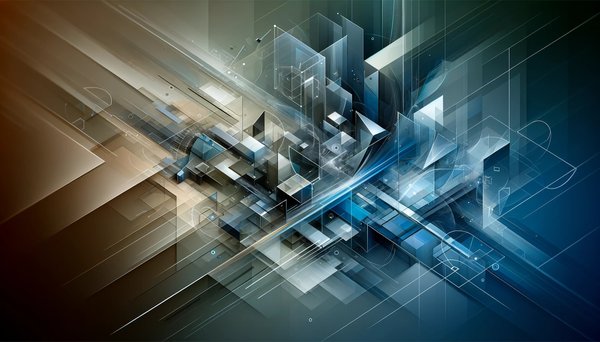Exploring the Role of AI in Streamlining 3D Modeling Workflows

The Advent of AI in 3D Modeling
The incorporation of AI into 3D modelling software marks a new era in digital art and design. These intelligent tools are designed to understand the nuances of 3D shapes, textures, and lighting, enabling them to assist artists in creating more realistic and intricate models with less effort. AI algorithms can analyze vast amounts of data, learn from patterns, and make predictions that guide artists in making informed decisions during the modelling process.
Automating Repetitive Tasks
One of the most significant advantages of using AI in 3D modelling is its ability to automate repetitive and time-consuming tasks. For instance, tasks such as retopology, which involves creating a new, more efficient mesh topology for a 3D model, can be automated using AI algorithms. This not only speeds up the workflow but also allows artists to focus on more creative aspects of their work.
Similarly, UV unwrapping, the process of flattening a 3D model's surface into a 2D representation, can be streamlined with AI assistance. AI tools can analyze a model's geometry and automatically generate optimal UV maps, reducing the need for manual adjustments and ensuring better texture mapping.
Assisting in Sculpting and Modeling
AI is also making its mark in the sculpting and modelling phase of 3D creation. AI-powered sculpting tools can understand the artist's intent and provide real-time feedback and suggestions. For example, they can help maintain symmetry in organic shapes or suggest adjustments to improve the model's aesthetics or functionality.
Furthermore, AI-driven generative modeling techniques are emerging. In these techniques, artists can input parameters or rough sketches, and the AI generates a range of models that fit the criteria. This approach not only accelerates the modelling process but also inspires creativity by presenting multiple possibilities that the artist might not have considered.
Intelligent Suggestions for Efficiency
AI tools in 3D modelling software are increasingly capable of offering intelligent suggestions to improve efficiency. For instance, they can recommend optimal lighting setups based on the time of day or the mood the artist aims to convey. AI can also suggest materials and textures that complement the model's style or the environment it will be placed in.
In addition, AI algorithms can analyze the performance of a model in real-time simulations, suggesting optimizations for better dynamics or stability. This is particularly useful in fields like game development and animation, where the functionality of a model is as crucial as its appearance.
Challenges and Considerations
While AI tools offer numerous benefits, they also present challenges. One concern is the potential loss of artistic control, as relying too heavily on AI suggestions might lead to generic or predictable outcomes. Artists need to strike a balance between leveraging AI's capabilities and maintaining their unique creative vision.
Another consideration is the learning curve associated with these advanced tools. Artists must invest time in understanding how to integrate AI into their workflows effectively and how to interpret and apply its suggestions.
Future Prospects
The future of AI in 3D modeling looks promising, with continuous technological advancements paving the way for more sophisticated and intuitive tools. We can expect AI to play an even more significant role in areas such as real-time rendering, virtual reality, and augmented reality, further expanding the possibilities for 3D artists.
Moreover, as AI algorithms become more adept at understanding and replicating artistic styles, we might see the emergence of AI-assisted design tools that can seamlessly blend with an artist's workflow, offering a more natural and intuitive interaction.
Conclusion
The integration of AI into 3D modelling workflows is transforming the field of digital art and design. By automating repetitive tasks, assisting in sculpting and modelling, and offering intelligent suggestions, AI tools are enabling artists to achieve higher levels of efficiency and creativity. As technology continues to evolve, the collaboration between human creativity and artificial intelligence will undoubtedly lead to new heights in the world of 3D modelling.